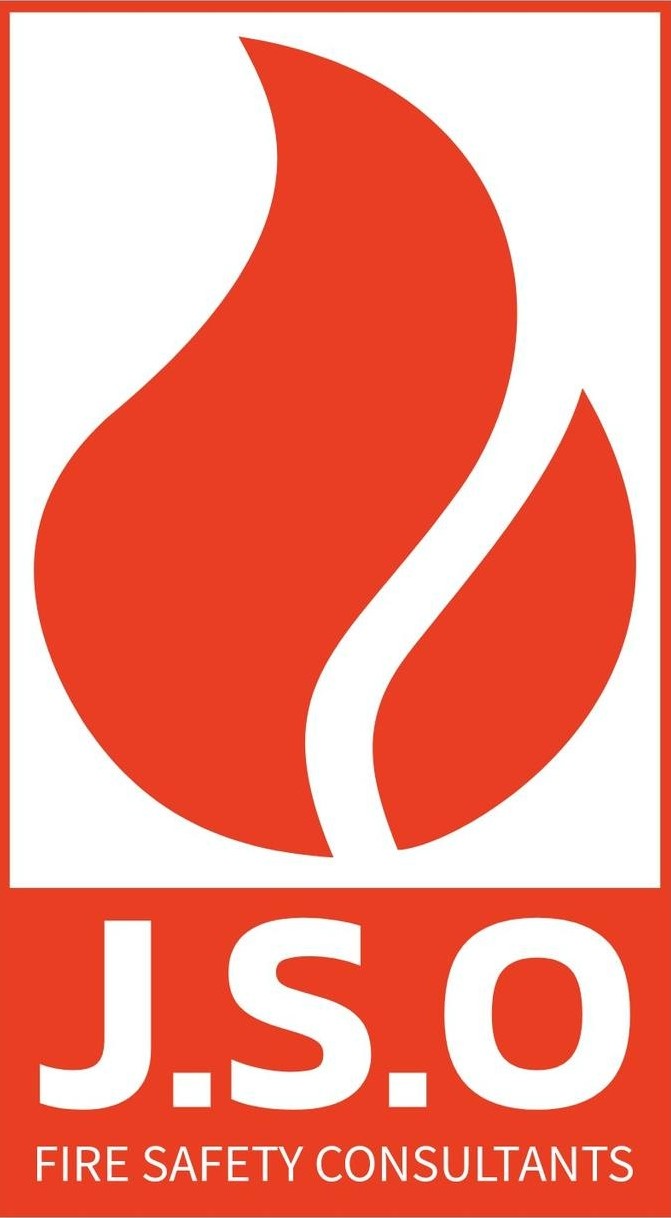Fire safety is a critical priority in healthcare environments, where unique risks and challenges demand specialised solutions. The recent updates to HTM 05-03 Part K—which focuses on fire risk assessments in complex healthcare premises—bring essential changes aimed at improving fire safety compliance and practices. Here’s what you need to know.
What Are HTMs?
Health Technical Memoranda (HTMs) provide detailed guidance on the design, operation, and management of healthcare facilities. Published by NHS England, these documents ensure compliance with UK fire safety regulations and incorporate healthcare-specific requirements. HTM 05-03 Part K, part of the Firecode series, specifically addresses fire risk assessments in healthcare environments.
Why Is Specialised Guidance Needed?
Healthcare facilities face unique challenges compared to standard buildings. Some key considerations include:
- Patient Needs: High-dependency patients may require staff assistance for evacuation or may be unable to evacuate quickly.
- Evacuation Protocols: Progressive horizontal evacuation is often used, requiring high levels of staff training.
- Specialised Hazards: Medical gases, compartmentation, and arson risks increase complexity.
- Business Continuity: Fire incidents can severely disrupt patient care and facility operations.
Effective fire safety measures must account for these factors to minimise risks and ensure compliance.

What’s New in HTM 05-03 Part K?
The updated guidance introduces several important changes:
- Primary and Secondary Fire Risk Assessments: Comprehensive assessments are required at both building and departmental levels.
- PAS 79 Framework: The methodology aligns with PAS 79 but incorporates NHS-specific risk matrices.
- Action Prioritisation: Recommendations must be prioritised, with immediate action required for catastrophic risks.
- ALARP Principle: Risks must be reduced to “as low as reasonably practicable,” balancing costs and patient care needs.
- Enhanced Fire Door Guidance: Options for upgrading or replacing doors are outlined, with a focus on ensuring compliance with fire strategies.
Competency is Key
Fire risk assessments in healthcare premises require specialised knowledge and experience. Assessors must:
- Be trained in healthcare-specific fire safety.
- Hold relevant certifications or third-party accreditations.
- Demonstrate continuous professional development.
Ensuring competency is essential for delivering accurate and actionable fire safety assessments.

The Importance of Regular Maintenance
The revised HTM places greater emphasis on risk-based maintenance schedules. This approach prioritises patient safety while balancing infection control and operational needs, ensuring that fire safety measures remain effective without compromising care.
Conclusion
The updated HTM 05-03 Part K offers a robust framework for managing fire safety in complex healthcare environments. By addressing unique risks and aligning with industry standards, the guidance helps ensure that fire safety measures are both practical and effective. However, its success depends on competent assessors who understand the specific challenges of healthcare facilities.
For more information or to discuss how we can assist with your fire safety needs, contact J.S.O Fire Safety Consultants today.
